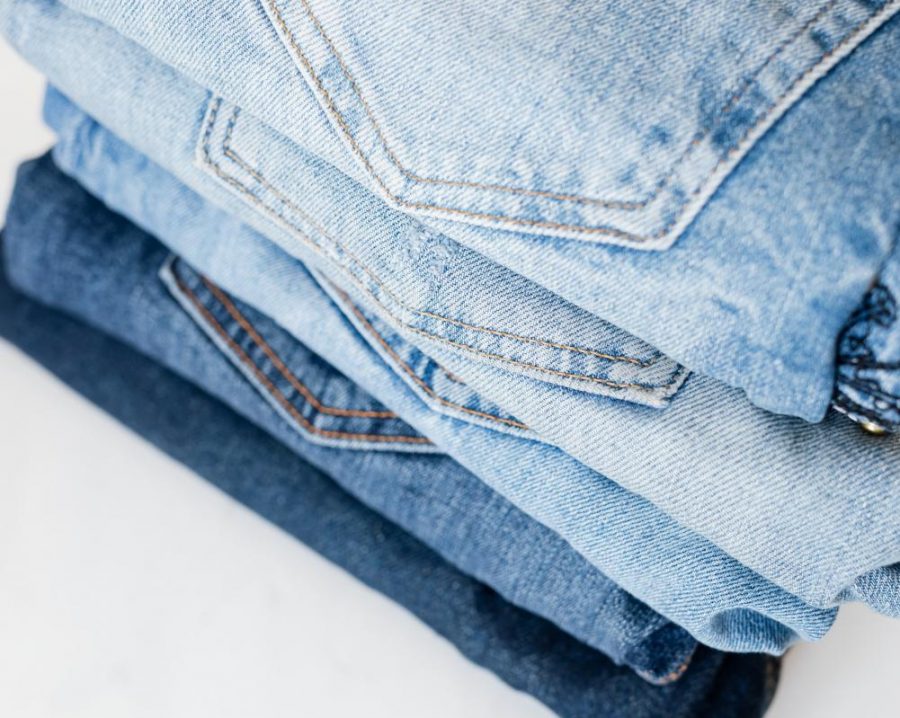The Ethics of Secondhand
Over the past year, and especially during the past few months, there has been another issue in the pandemic era that has started to attract major attention on a wide scale across social media platforms: The questionable ethics and unsustainability behind retail clothing.
In an age of automation and efficiency, it’s become easier than ever to mass produce large sums of clothing articles, with an estimate of 80 – 150 billion garments being produced annually. While this number may seem humanly impossible, the industry still requires people working the machinery, people who in many cases are being exploited by large retail corporations to make a profit off of the high demand for cheap, easy-to-make clothing.
Recently however, we are now seeing an increasing trend in the purchasing of thrifted and secondhand clothing, out of preference, and out of protest. Many are choosing to thrift so as to voice their decision to not support an industry they feel is corrupt and driven by capitalistic greed.
“Most large clothing brands are unethical and buying their clothes can encourage them to continue their unethical methods, such as possible child labor and paying less than minimum wage,” freshman Aisley Stonebarger said.
In an article written by the Washington Post, several well-established brands such as Nike, Adidas, and Old Navy are accused of using Uighur workers in China for exploitative labor, and a more recent controversy has been directed towards “fast fashion” brands Shein and Forever 21 for failing to adequately pay their outsourced workers minimum wage.
“I try to consider the labor behind my purchases, but I buy so little clothing that when I do I’m just getting something that fits and lasts, so I don’t always know about the ethics of the brand,” freshman Aubriella Poole said.
Unfortunately, data shows that there is most likely an unethical practice behind every major retail brand and yet for the most part, they are still able to thrive off of America’s extreme consumer culture.
“Consumerism causes a waste of materials and an excess of product. Not only this, but the excess of product becomes waste as opposed to being reused or distributed,” Poole said. “Thrifting is a way to reuse materials to people in ways they can afford. It also breaks off from mass overproduction.”
This situation isn’t completely black and white though. Despite the environmental consequences and ramifications of buying from and supporting larger corporate clothing businesses, there are definitely exceptions for some brands that try to produce decent quality products that are also ethically made and environmentally friendly. While this type of clothing may seem like the best choice morally, it can often be a more expensive option if someone doesn’t want to rely on second hand, especially for those who may have a lower income.
“There are definitely options that are more ethical than others,” Poole said. “Following the example of Amazon, it works by using constant overproduction of products so that there are always options and accessibility. That along with issues of worker treatment makes it a less ethical option, but because it’s a cheap and efficient way to get just about anything you would need, it’s hard to get people to just not use it.
“The best solution I can come up with is that those who can’t afford alternatives stick with retail clothing. It’s more important to get them the clothing they need, while people who can afford it work to increase access to said alternatives.”



